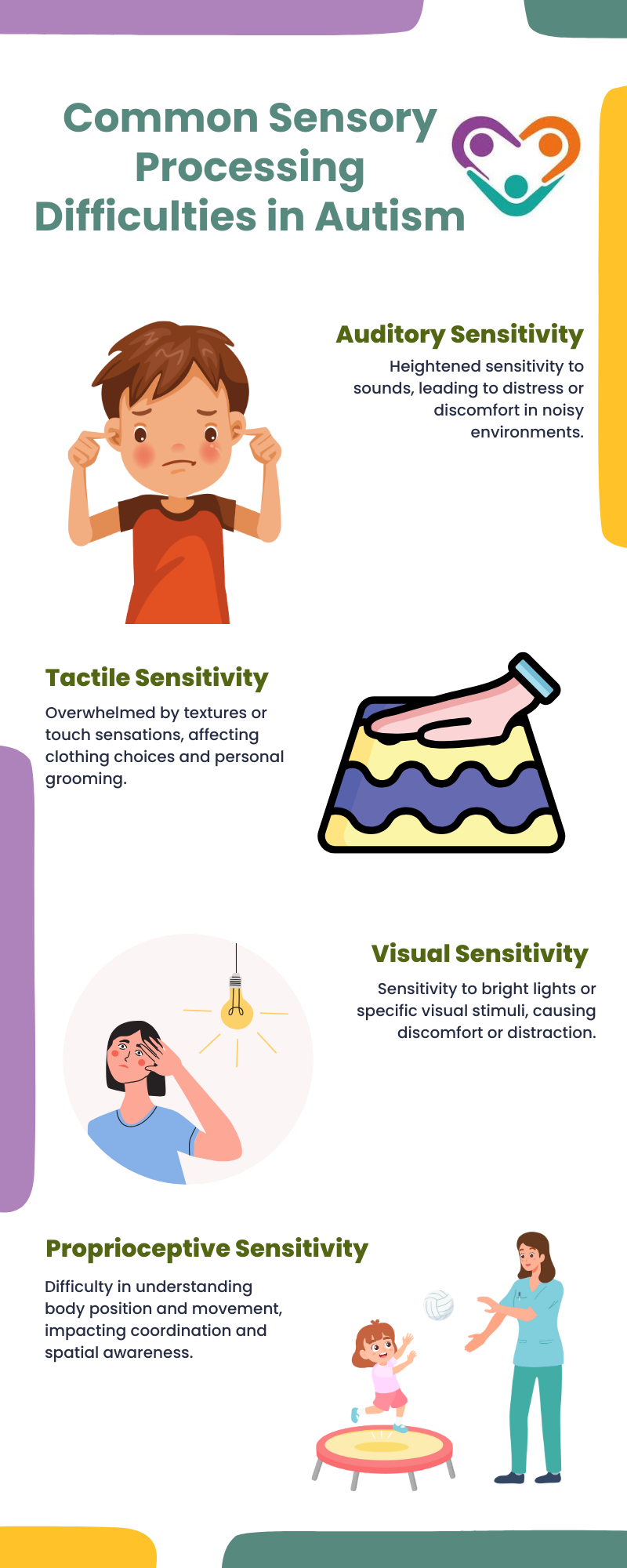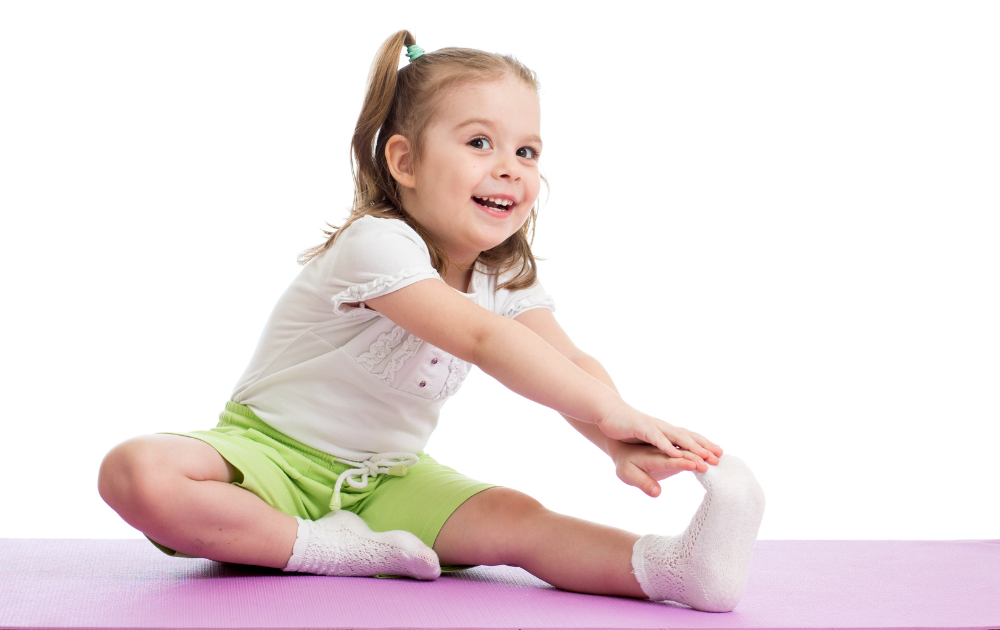For individuals with autism, muscle tone plays a bigger role in daily life than many people realize. It affects how they move, how their bodies feel, and even how they interact with the world around them.
Some may experience muscles that feel tighter or more relaxed than usual, influencing everything from walking to fine motor skills like writing or buttoning a shirt.
Understanding the connection between autism and muscle tone can offer valuable insights into the physical experiences of those on the spectrum and help guide better support and care.
Relationship Between Autism and Muscle Tone
The connection between autism and muscle tone is often evident through the manifestation of muscle tone abnormalities. Individuals with autism may experience disruptions in muscle tone regulation, leading to either low muscle tone (hypotonia) or high muscle tone (hypertonia).
Hypotonia is characterized by reduced muscle strength and endurance, difficulty maintaining posture, and motor difficulties.
On the other hand, hypertonia is characterized by increased muscle tension and rigidity, stiff or tight muscles, and a limited range of motion.
Recognizing and addressing these variations in muscle tone is crucial in the management and support of autistic individuals. Tailored therapeutic interventions and lifestyle strategies can play a significant role in enhancing the well-being and quality of life of individuals on the autism spectrum.
Signs and Symptoms
Individuals with autism may experience variations in muscle tone, which can impact their motor skills and overall functioning. Understanding the signs and symptoms of both low muscle tone (hypotonia) and high muscle tone (hypertonia) in autism is essential for effective management and support.
Low Muscle Tone (Hypotonia) in Autism
Low muscle tone, also known as hypotonia, is characterized by decreased muscle strength and a floppy or “ragdoll” appearance in individuals with autism. This condition can affect coordination, balance, and motor skills development. Common signs of hypotonia in autism include:
- Poor Posture: Difficulty maintaining an upright posture
- Muscle Weakness: Reduced strength in muscles
- Delayed Milestones: Slower progression in developmental milestones
- Fatigue: Easily tired during physical activities
Managing low muscle tone in individuals with autism often involves targeted interventions such as physical therapy and sensory-based activities to improve muscle strength, coordination, and motor skills.

High Muscle Tone (Hypertonia) in Autism
Conversely, high muscle tone, known as hypertonia, is characterized by increased muscle stiffness, tightness, and resistance to movement. Individuals with autism and hypertonia may exhibit the following symptoms:
- Muscle Rigidity: Stiffness in muscles, especially during movement
- Limited Range of Motion: Difficulty moving joints through their full range
- Muscle Spasms: Involuntary muscle contractions
- Impaired Motor Skills: Challenges in coordinating movements
Hypertonia in autism can contribute to difficulties in fine and gross motor skills, sensory processing, and overall functional abilities. Occupational therapy and targeted exercises can help manage hypertonia and improve mobility and flexibility in individuals with autism.
Recognizing the signs of both low and high muscle tone in autism is essential for tailoring interventions and support strategies to address the specific needs of individuals with autism spectrum disorder.
Impacts on Daily Life
Individuals with autism often encounter motor skills challenges that manifest in difficulties with coordination, balance, and fine motor movements. These challenges can impact activities such as grasping objects, writing, tying shoelaces, and engaging in sports or physical activities.
Some of the most common motor skills challenges in autism include:
- Fine Motor Skills: Delicate movements involving smaller muscle groups, affecting tasks like buttoning a shirt or using utensils.
- Gross Motor Skills: Involving larger muscle groups, impacting activities like walking, running, and jumping.
- Motor Planning: Difficulty in planning and executing sequences of movements, leading to challenges in tasks that require coordination.
Understanding and addressing these motor skills challenges can significantly enhance the quality of life for individuals with autism by enabling greater independence and participation in various daily activities.
Also, sensory processing difficulties are prevalent among individuals on the autism spectrum, affecting how they perceive and respond to sensory information from their environment. These difficulties can manifest as hypersensitivity (over-responsiveness) or hyposensitivity (under-responsiveness) to sensory stimuli.
Some of the most common sensory processing difficulties in autism are as follows:

Navigating sensory processing difficulties is crucial for promoting comfort and well-being in individuals with autism. Creating sensory-friendly environments and incorporating sensory strategies can help mitigate sensory challenges and enhance overall daily functioning and quality of life.
Lifestyle Strategies
Incorporating lifestyle strategies can play a significant role in supporting individuals with autism in managing muscle tone and overall well-being. That said, there are two crucial aspects to consider in this case which are as follows:
Creating Sensory-Friendly Environments
Individuals with autism often have sensory sensitivities that can impact their comfort and well-being. Creating a sensory-friendly environment involves making adjustments to reduce autism triggers and enhance sensory experiences. This can include:
- Dimming harsh lighting and using soft, natural lighting
- Providing noise-cancelling headphones or sound machines to minimize auditory distractions
- Using calming colors and organizing spaces to reduce visual clutter
- Incorporating sensory tools like fidget toys or weighted blankets to promote relaxation
Tailoring the environment to meet the sensory needs of individuals with autism can help you create a more soothing and supportive space that encourages a sense of calm and security.

Incorporating Physical Activities
Physical activities are essential for promoting overall health and well-being, including muscle tone, in individuals with autism. Engaging in regular physical exercise can help improve coordination, strength, and motor skills while also providing opportunities for sensory stimulation and social interaction.
Here are some examples of physical activities that can benefit individuals with autism:
- Swimming
- Yoga
- Dance
- Martial arts
- Outdoor play
Incorporating a variety of physical exercises into daily routines allows individuals to experience the benefits of improved muscle tone, enhanced sensory processing, and overall well-being. It is important to tailor activities to suit individual preferences and needs while providing a safe and supportive environment for engagement.
Final Thoughts
Understanding how muscle tone is linked to autism can shed light on some of the challenges many individuals face. The connection between muscle tone and motor skills, balance, and coordination helps explain why some with autism may experience difficulties in activities like writing, walking, or participating in sports.
Recognizing these differences allows for better support through therapy and interventions, which can make a significant difference in daily life.
Embracing these insights with compassion and patience creates an environment where individuals can thrive, build confidence, and find ways to navigate the world more comfortably. At Golden Care Therapy, we understand the importance of personalized care, offering ABA therapy in New York tailored to each individual’s unique needs.
Don’t hesitate to reach out to us today to learn more about how we can help. Contact us now to get started on the journey toward growth and success!
Sources:



